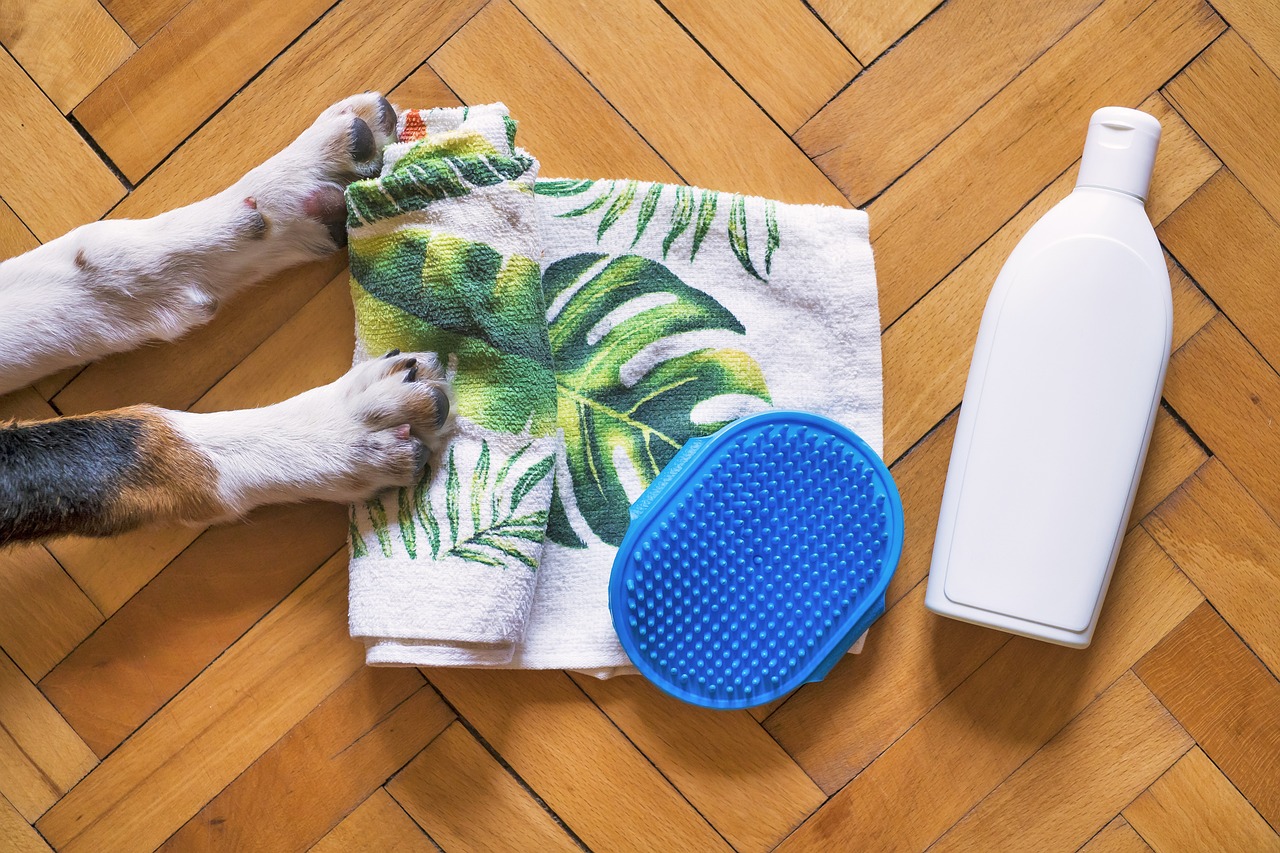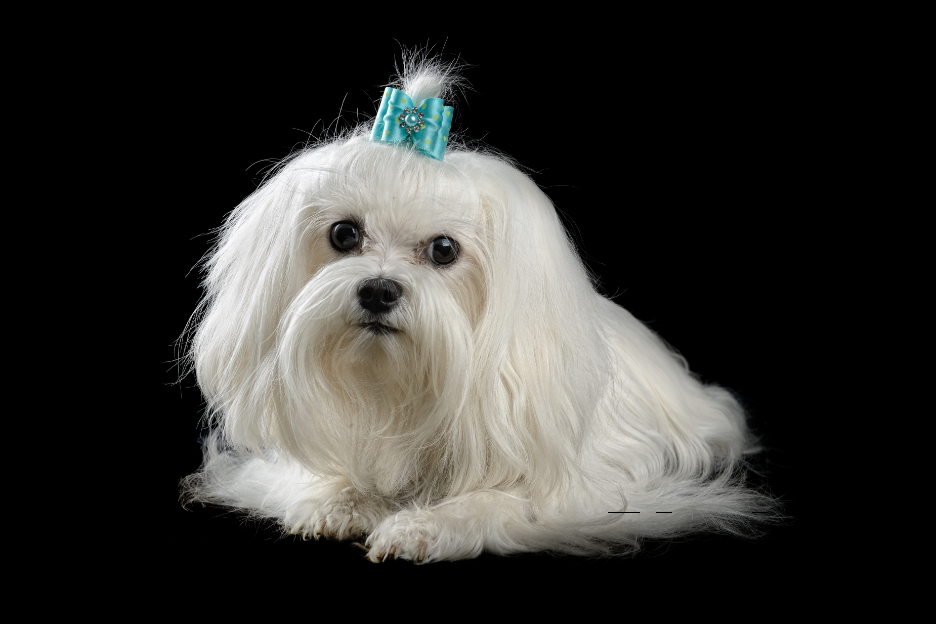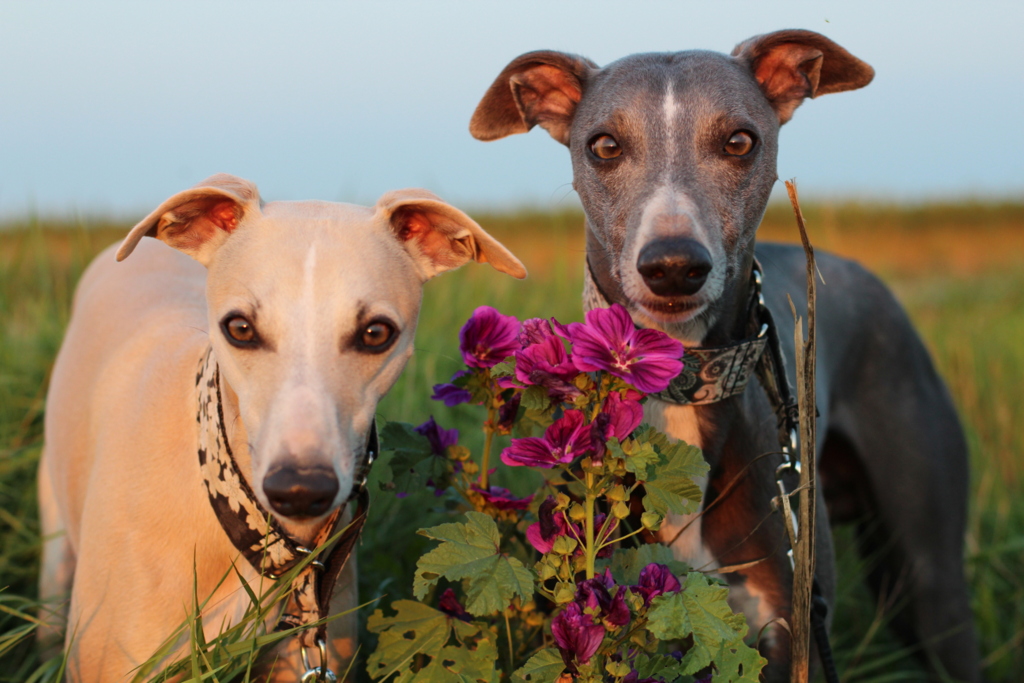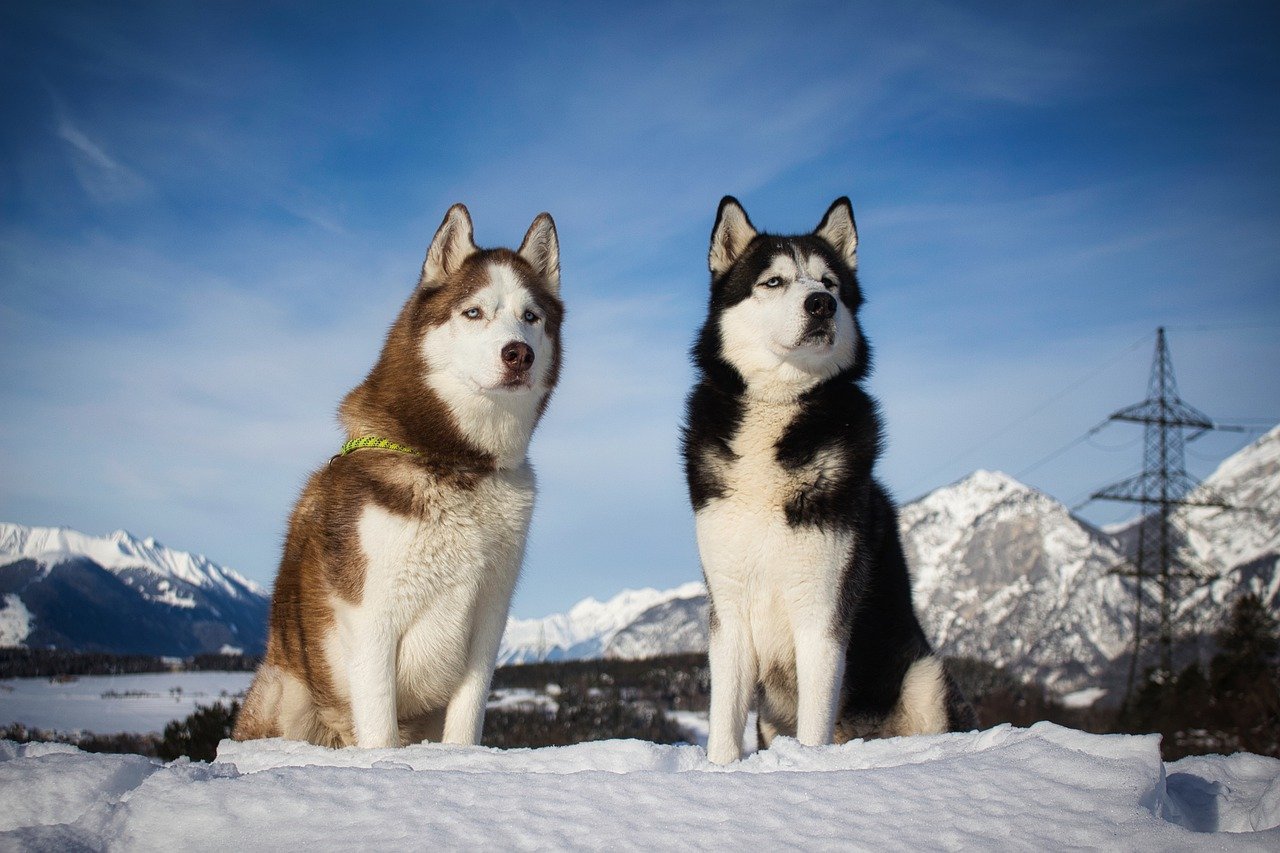Taking care of your dog's coat
Short, long, curly, smooth, or none at all: a dog’s fur comes in numerable different varieties, textures, and colours, making it unique for every breed. Your dog’s coat is essential for keeping them healthy, so knowing how to properly take care of it is an important part of being a dog owner.

The benefits of coat care
Apart from giving them their characteristic look, a dog’s coat is both an indicator and preserver of your dog’s health. It keeps them cool in summer, warm in winter, and works as a protective shield against dirt, vermin, and injuries to the skin.
By regularly investing time into coat care, you can support your dog’s natural protective shield and notice right away if something is not the way it should be. Brushing your dog regularly can help you locate small injuries, get rid of ticks and fleas that might have found their way onto your dog during a walk, and remove dead hair within the coat. Additionally, it also improves blood circulation, let’s the skin breathe better, and distributes the natural oils throughout your dog’s coat, making it healthy and shiny.
What kind of coat care does my dog need?
As already mentioned, every breed’s coat is different and so is the coat care routine they need. Some are more time-consuming, others don’t take long at all, so it’s useful to know what you’re signing yourself up for. After all, this is not a matter reserved for dog shows, but of your dog’s well-being and health.
Long hair

Breeds with long hair, like Collies, Maltese or Havanese, need to be brushed regularly to avoid their fur getting tangled and matted. While brushing should be a fixture in your schedule at least once a week, it might also be necessary after walks, as a lot of movement will cause knots and tangles. Giving your dog a bath should only be done in moderation (when they’ve decided to roll around in dead things and mud for example), and preferably with an oil-replenishing shampoo to keep the fur from getting dry and brittle. Using a slicker brush will help you get rid of those tangles and allow you to thoroughly comb through your dog’s coat.
Short hair

Boxers, Greyhounds, and Labrador Retrievers are examples of breeds with short coats. Oftentimes short coats are thought of as non-shedding but that’s not necessarily true. Boxers for example do shed, if not as much as other breeds, so they too will benefit from being brushed once a week. Using a soft bristle brush won’t irritate your dog’s skin and remove dead hair, which can cause itching if it’s left in. Short-haired breeds shouldn’t be bathed too often either, as their skin takes longer to regenerate.
The dreaded double coat
Ever seen those videos of dogs being brushed, where the end result is a mountain of loose fur next to them? You’re looking at a double coat here, a layer of dense fur that lies beneath your dog’s top coat, and functions as insulation. A lot of breeds have a double coat, like Siberian Huskies, Corgis, and German Shepherds (more like Shedherds, am I right?) but don’t be fooled, dogs with short fur can also sport a double coat, like Beagles and Labradors.

Dogs with double coats are decidedly more work when it comes to coat care, as they shed regularly and even more so during shedding season. In the time between summer and winter, and winter and spring, they lose fur in order to grow in new hair that fits the temperature, causing your floors and furniture to be flooded with fluff. A thorough and regular coat care is indispensable during that time to gain control over the onslaught of loose fur in your home, as well as making sure that your dog’s coat is free of tangles and mats. While slicker brushes will keep their top coats smooth, an undercoat rake is needed to effectively remove the dead hair from the bottom layer of fur.
DIY or groomer?
Establishing a coat care routine and taking time out of your day to brush your dog’s coat can be an opportunity to bond and spend quality time with your dog. With training and patience, your dog will come to see being brushed as something to look forward to and even enjoy. As with most things, starting early and getting your puppy used to it will help you later on.

A weekly coat care routine is of course easier to manage when your dog’s coat takes only a few minutes to get through. Especially double coated breeds might prove a bit too much to keep control over all by yourself. Instead of stressing yourself out for not being able to stay on top of things, consider regular visits to the dog groomer. As professionals, they have the right equipment and techniques to get the job done and support you in your dog’s coat care.
It is important to note though, that the groomer should not be thought of as a magician that will fix all your problems within an hour. Neglecting your dog’s coat care in the time between visits will only make their job harder and the time spent there more tedious for your dog.
No matter the type of coat your dog has, taking good care of it is vital to their well-being. A healthy coat is the result of multiple factors, like their diet and a regular grooming routine that matches your dog’s specific coat type. Knowing the basic distinctions between them and selecting the right tools to work with will set you on the path of de-shedding, combing, and untangling, resulting in a happy and healthy dog, that won’t have you picking fur/hair/fluff off your sofa and clothes constantly.